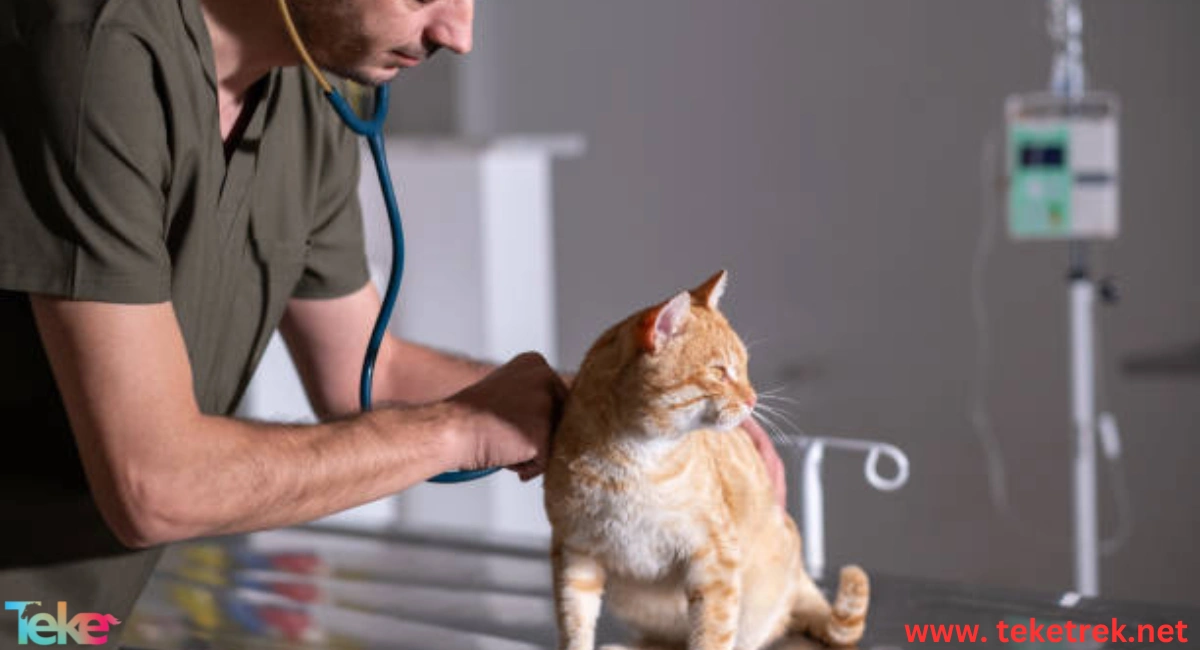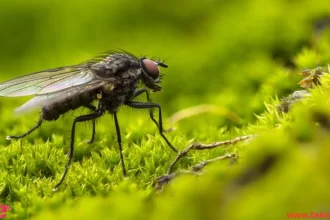Cats are beloved pets that many people enjoy raising. They quickly adapt to humans, are social, and love to play and have fun. However, they are also sensitive creatures and can suffer from various illnesses, such as respiratory diseases, digestive system disorders, and dental diseases. One of the most well-known diseases affecting cats is toxoplasmosis. Every cat owner should be aware of these diseases, how to prevent them, and how to care for sick cats. Some illnesses can be fatal if not treated promptly, so here is a comprehensive guide from teketrek، on common cat diseases and how to manage them.
Common Respiratory Diseases in Cats
Respiratory diseases are among the most common ailments in cats and vary in severity. Some of the main respiratory diseases include:
- Rhinitis and laryngitis
- Pneumonia
- Asthma
- Respiratory failure
These diseases are caused by various viruses, including:
- Feline herpesvirus
- Chlamydophila felis
- Mycoplasma
- Feline calicivirus

A double infection with these viruses can complicate respiratory diseases. The infection spreads through droplets and contaminated objects, and infected cats can carry these viruses for months. Early symptoms include fever, frequent sneezing, nasal discharge, conjunctivitis, rhinitis, and excessive drooling. Fever can reach 40°C, leading to loss of appetite and increased salivation. Some cats may also develop corneal inflammation or excessive tearing. Mild cases last 5 to 10 days, while severe cases can persist for up to six weeks.
Vaccinated adult cats rarely suffer from severe respiratory diseases. These illnesses mainly affect the respiratory tract, conjunctiva, and oral and nasal mucous membranes, which become red, swollen, and covered with purulent discharge.
Diagnosis
Diagnosis is based on typical symptoms of feline respiratory diseases, including sneezing, conjunctivitis, nasal inflammation, excessive tearing and drooling, and mouth ulcers. Chlamydia infections often cause chronic conjunctivitis. Mixed infections can make symptoms more ambiguous.
Treatment
Treatment involves continuous care and the use of antibiotics for secondary bacterial infections. Symptomatic and supportive treatments play a crucial role in recovery.
Common Digestive Diseases in Cats
Gastrointestinal diseases can severely impact a cat’s health, often leading to loss of appetite and significant weight loss. Some of the most common digestive diseases include:
- Colitis
- Gastritis
- Constipation
- Feline enteric coronavirus
- Gastrointestinal obstruction
- Gastrointestinal cancers
- Inflammatory bowel disease
- Gastrointestinal ulcers
- Malabsorption syndrome
Toxoplasmosis in Cats
Toxoplasmosis is a common infectious disease caused by a parasite that can penetrate the placenta of pregnant cats, leading to severe congenital defects, miscarriage, or stillbirth. Cats are the primary hosts for these parasites, which multiply in their intestines. Healthy cats may show mild symptoms, but if the immune system is weak, symptoms become more severe.
Symptoms of Toxoplasmosis in Cats
Symptoms vary in severity:
- Mild symptoms: Temporary diarrhea, loss of appetite, red eyes, and reduced nasal discharge.
- Subacute symptoms: Fever, eye redness with purulent discharge, sneezing, and coughing.
- Severe symptoms: Shortness of breath, muscle tremors, excessive drooling, coordination problems, seizures, and paralysis.
Early diagnosis is difficult because stool samples may not contain parasite cysts initially. Once symptoms appear, a vet should be consulted to prescribe medications to eliminate the parasites and alleviate symptoms.
Enlarged Lymph Nodes in Cats
Lymph node enlargement can occur due to vaccinations, autoimmune diseases, bacterial infections, rickettsial infections, fungal infections, parasitic infections, or viral infections. Cats with feline immunodeficiency virus (FIV) may develop swollen lymph nodes, leading to weight loss, poor appetite, lethargy, breathing difficulties, and nasal discharge. If untreated, this condition can have life-threatening complications.
Enlarged lymph nodes typically measure more than 1.27 cm (0.5 inches) in diameter. Severe cases may cause pain when touching the lymph nodes, skin redness, and cracks near the swollen area. Most cases resolve within four weeks.
Common Oral and Dental Infections in Cats
Feline stomatitis is a condition affecting a cat’s teeth and the mucous tissues of the mouth, often linked to gingivitis. Symptoms include red, inflamed tissues, particularly at the back corners of the mouth. The exact cause is unknown, but it may be associated with chronic viral infections such as calicivirus and herpesvirus.
Treatment of Feline Stomatitis
The primary treatment is tooth extraction to eliminate plaque, which harbors harmful bacteria. Stomatitis is a frustrating and painful condition for cat owners and veterinarians alike. Available treatment options include frequent antibiotic use, which can help cats maintain a good quality of life for several years.

Common Skin Diseases in Cats
Cats can suffer from various skin conditions, including:
- Alopecia (hair loss) and allergies
- Mange and tail problems
- Food allergies
- Ringworm
- Yeast infections
- Feline acne
Preventive Care for Cats
To prevent common diseases, cat owners should follow these essential guidelines:
- Provide a balanced diet
- Maintain cleanliness for the cat and its environment
- Ensure cats receive necessary vaccinations
- Schedule regular vet check-ups
Conclusion
Cats are prone to various illnesses, including respiratory diseases (e.g., asthma, rhinitis), digestive issues (e.g., gastritis, constipation, intestinal parasites), and skin conditions (e.g., mange, alopecia). Toxoplasmosis is also widespread among cats. Fortunately, these illnesses can be prevented by maintaining hygiene, providing a well-balanced diet, ensuring vaccinations are up to date, and scheduling routine veterinary visits. Detecting and treating diseases early can significantly improve a cat’s quality of life and longevity.





